Universal Design Features
Ten Universal Design Features that Make Big Impact
Let’s take you on a Behind the Walls tour.
Seamless Home Entries & Wide Doorways
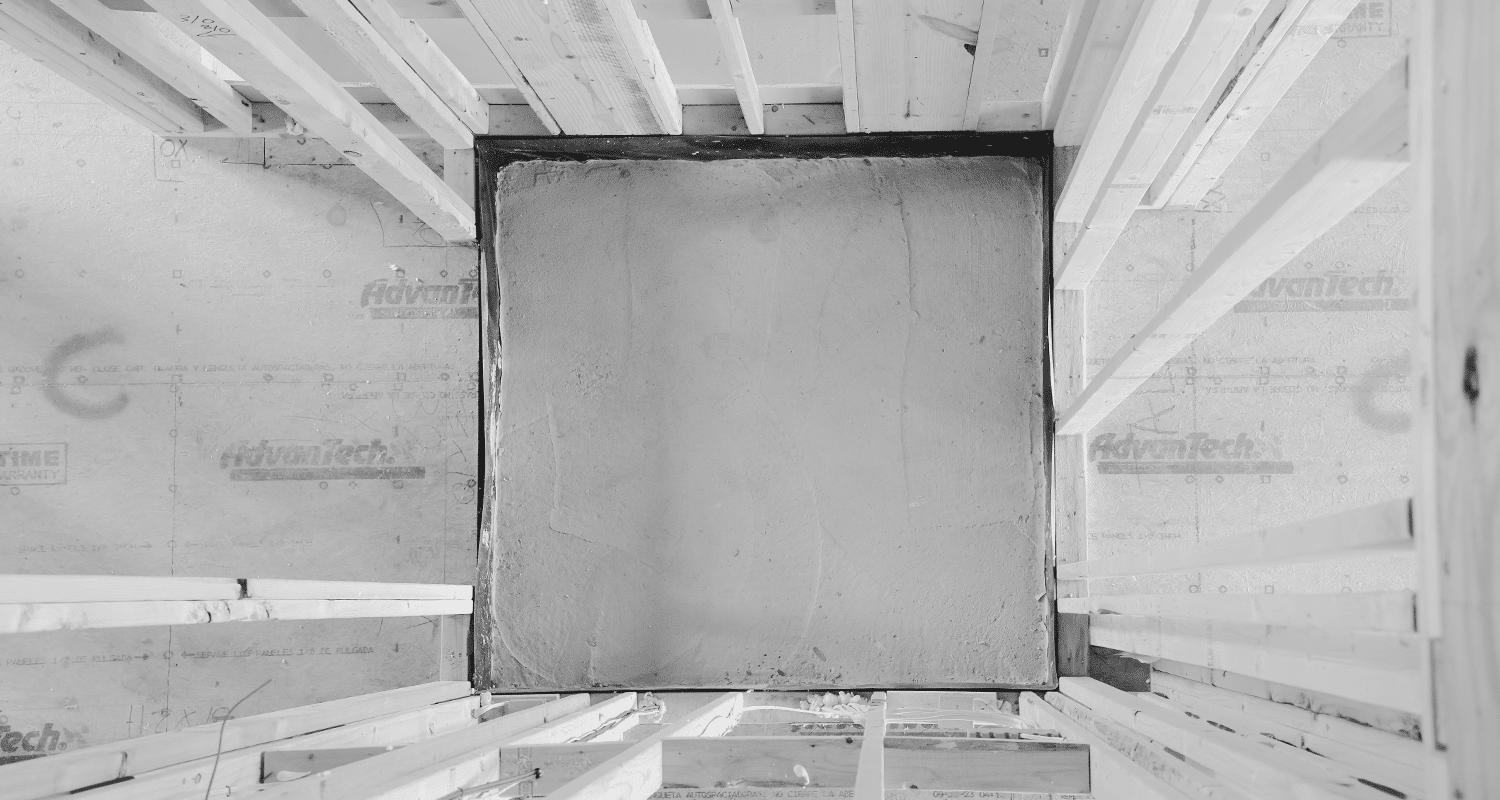
Beneath your Feet: This is what the elevator pit looks like, beneath the cart and flooring. It is concrete and designed to hold the weight and pressure of the motion.
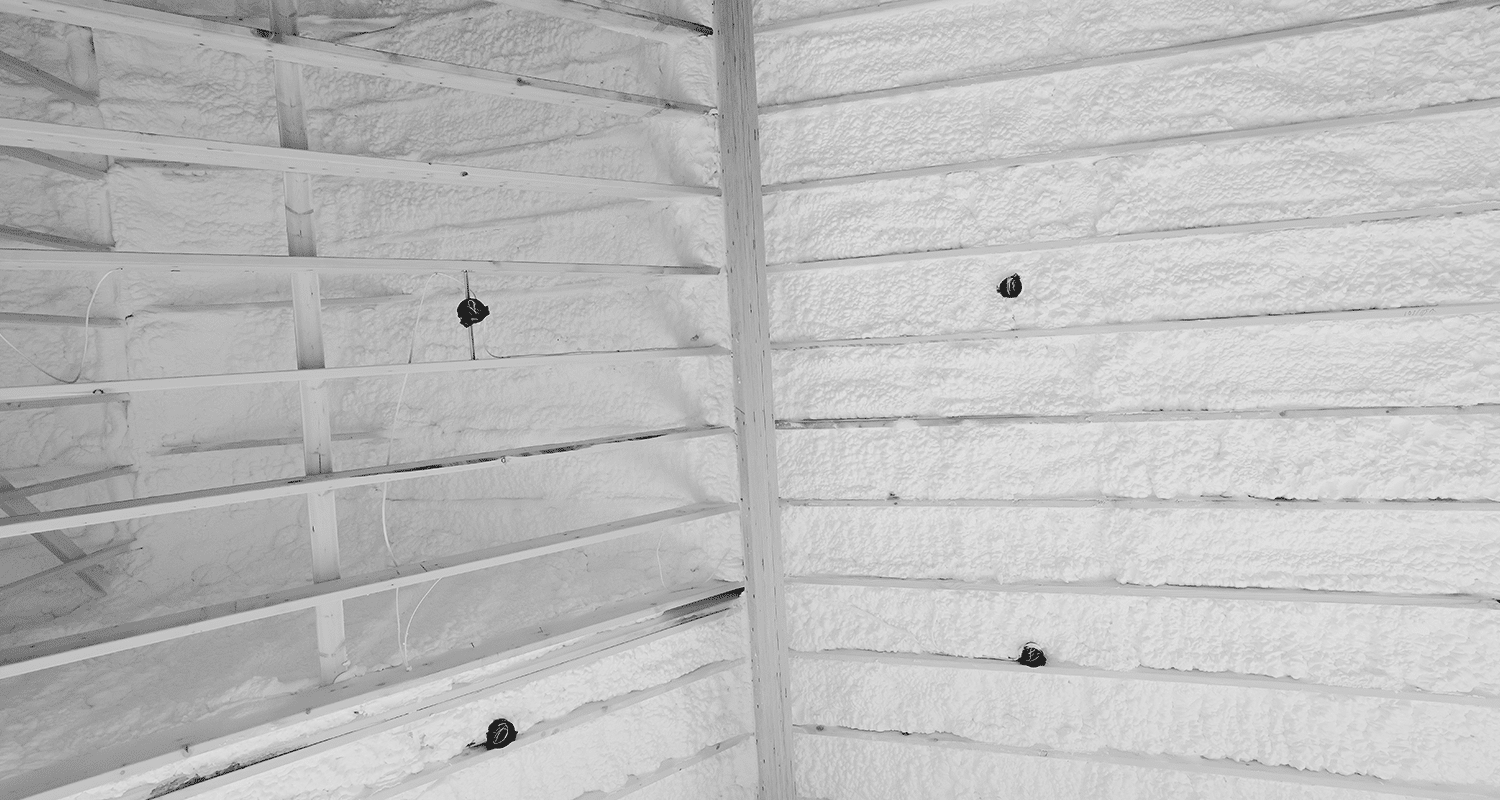
Above your Head: Behind the drywall in the ceiling, there is spray foam insulation and can light boxes. This ensures effecient heating and cooling year round.
Effortless Elevator Access
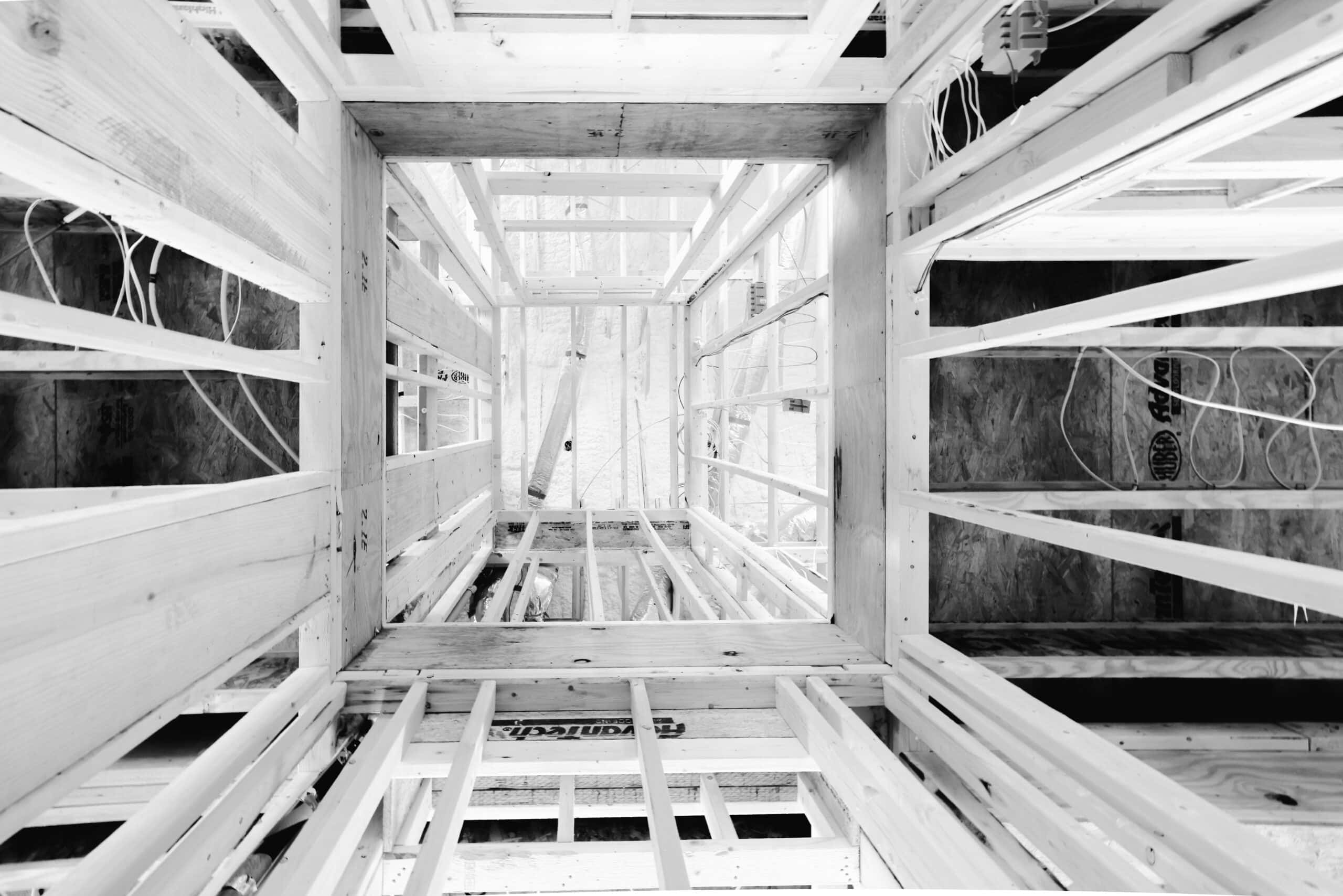
Feature: Elevator. This is how the shaft of the elevator looks behind the walls. Notice the blocking that holds the weight of the cart. This space can be made into stacked closets, to plan for a future elevator install, if desired.
Flush Thresholds Transitions on Flooring

Feature: Barrier Free Shower. Notice the blocking (extra horizontal wood installed) all around the shower stall and walls of the bathroom. These allow for sturdy future installs into the wall, from additional bath hardware to grab bars. The little foam barrier in front of the drain is present for inspections and will be removed prior to tile and grout. The pan used here is a patented single unit, gently sloped towards the drain for maximum efficiency and comfort.
Spacious Bathrooms and Thoughtful Showers
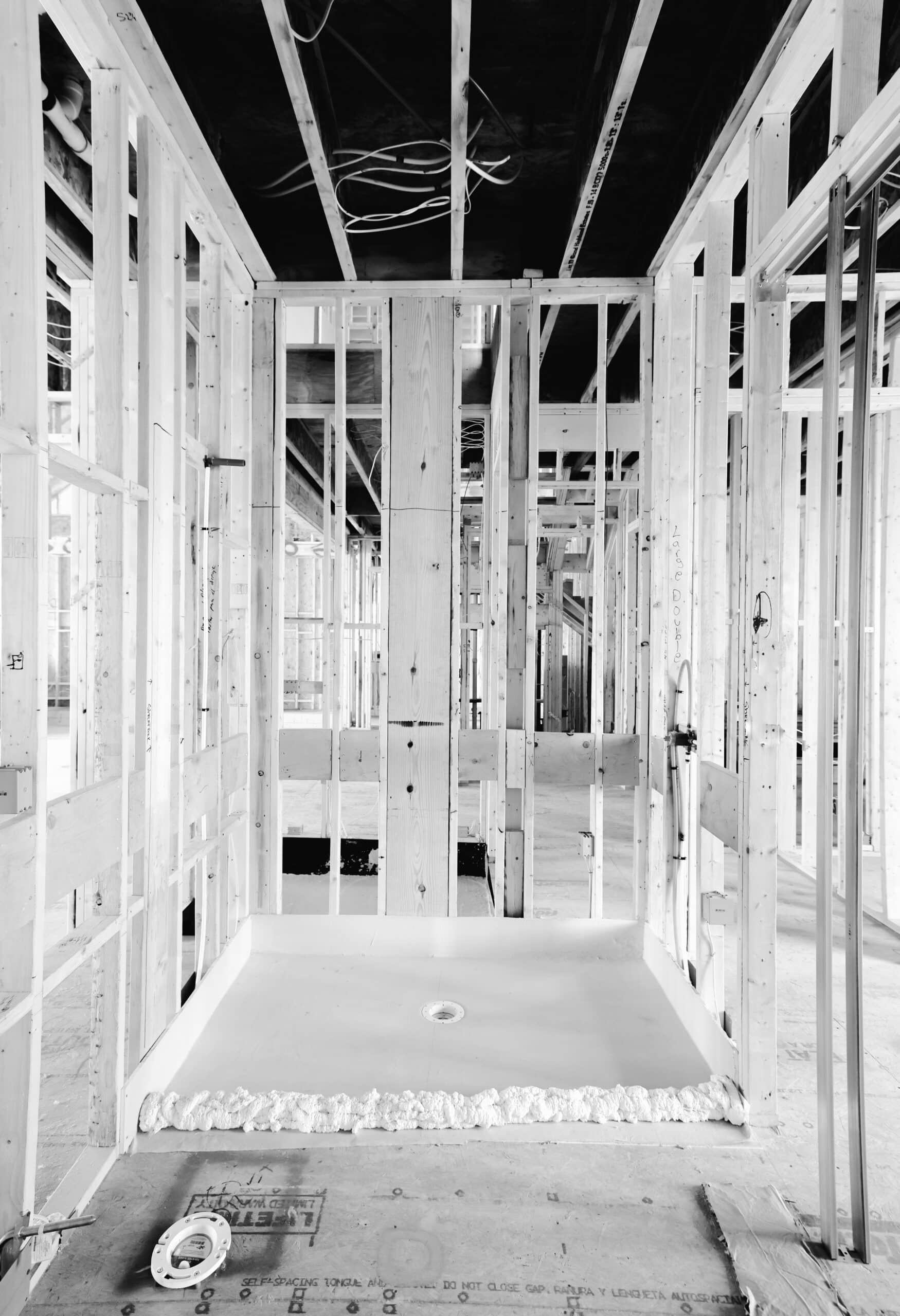
Making an Entrance: This is how a custom glass door is framed in to prepare for the install towards the end of the build.
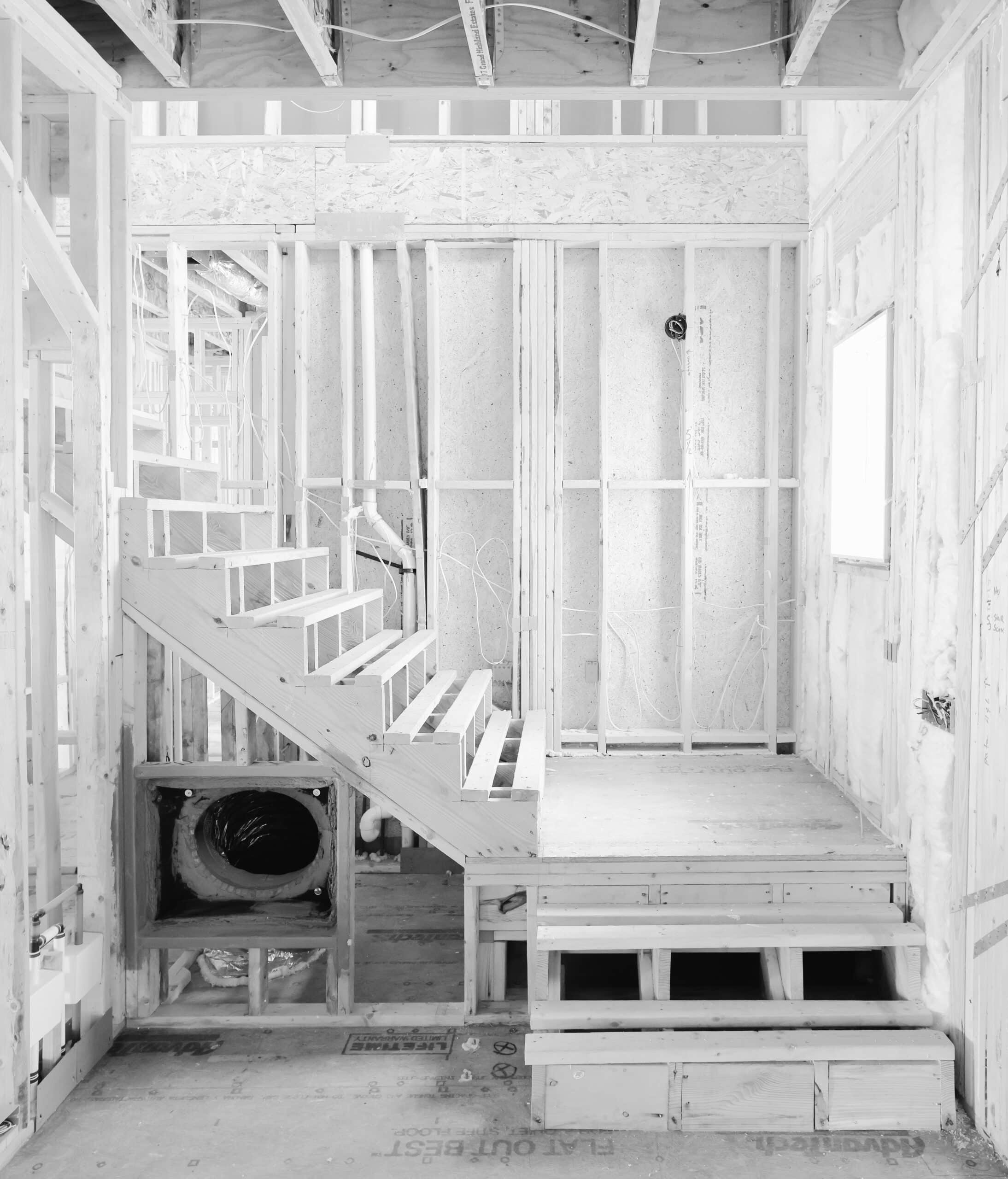
Under your Feet: This is how the framing beneath stairs looks. Note the air return being prepped and the wiring in the walls.
Well Appointed Kitchens & Task Areas
Room to Expand Your Electric Needs
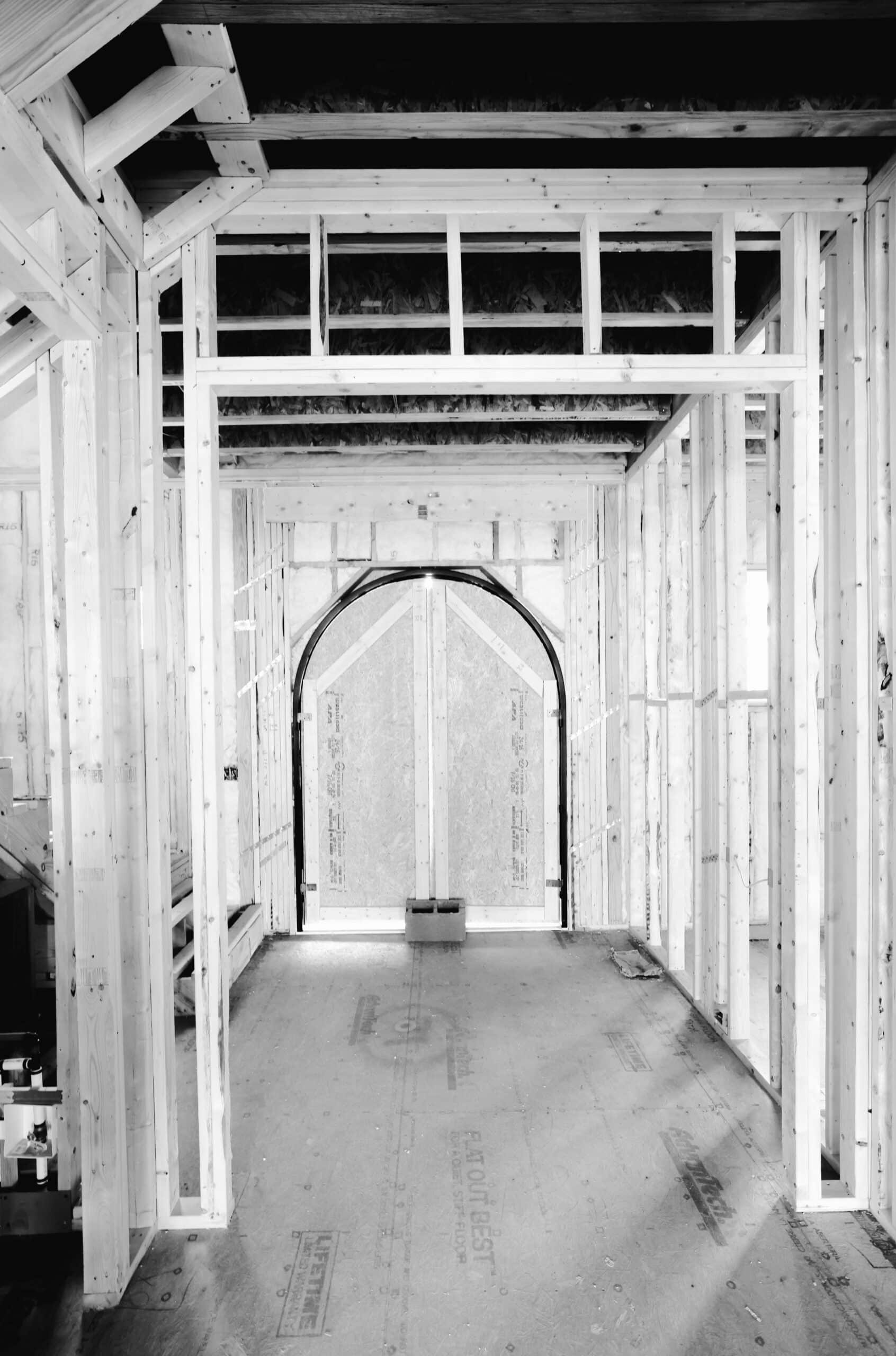
Making an Entrance: This is how a custom glass door is framed in to prepare for the install towards the end of the build.
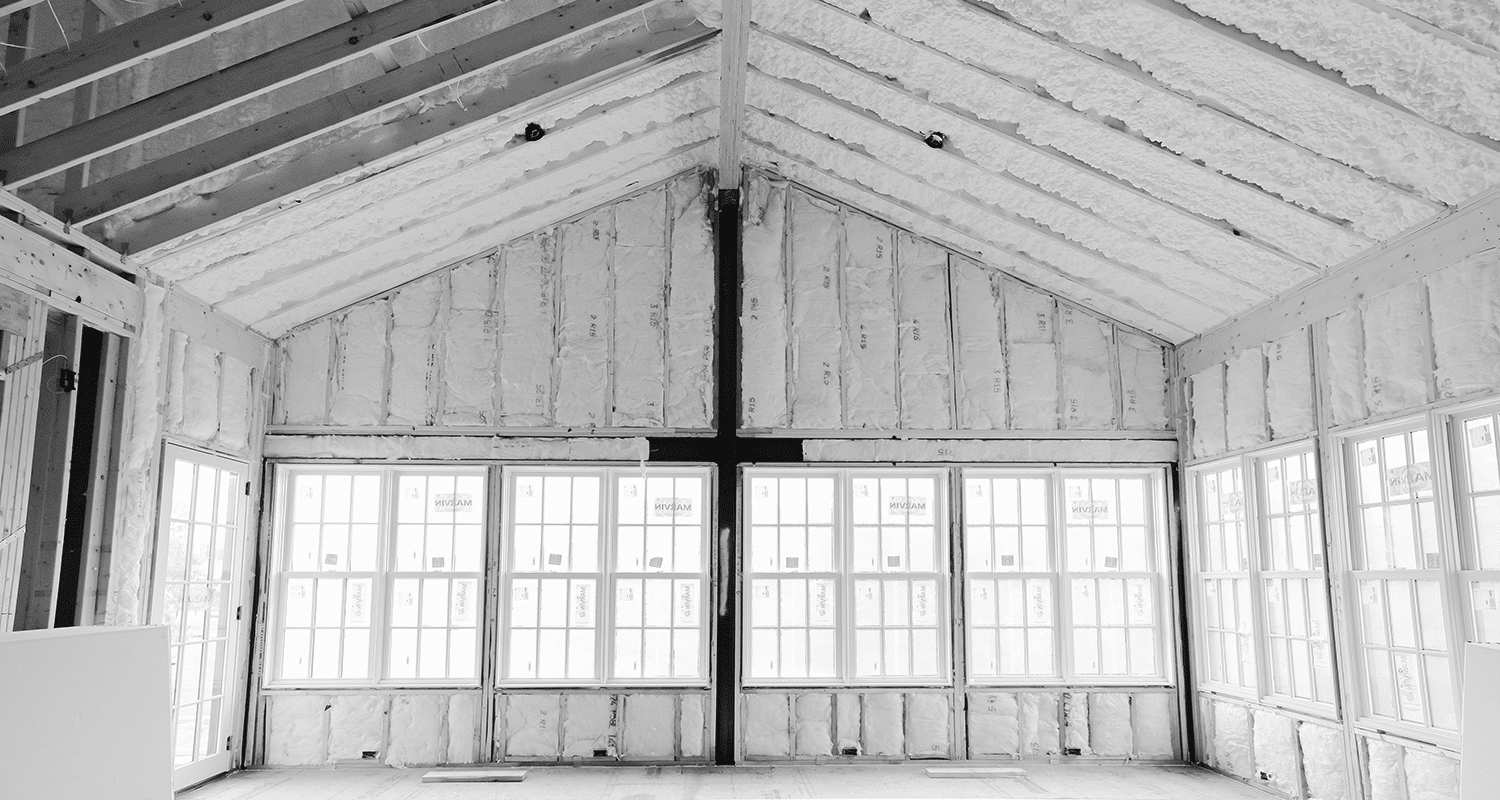
Making a View: This is how windows look during insulation. Notice the steel support beam holding the weight to protect the glass.
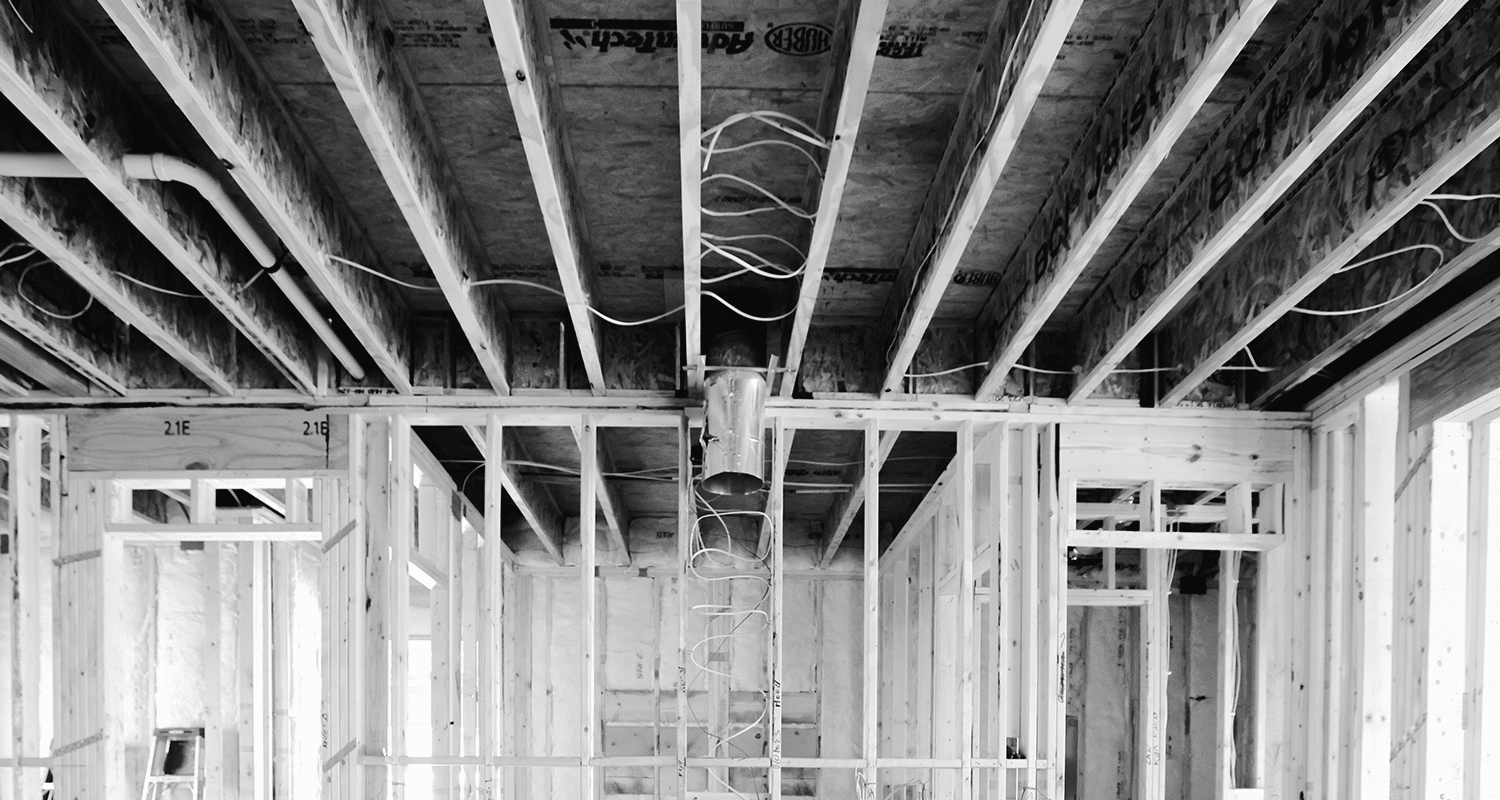
Behind the Cabinets: This image shows the kitchen during framing. Notice the hood vent and electrical ready for lighting.
Future Proofing Blocking
Planned Lighting & Smart Home Integration
Easier Access Switches and Door Levers
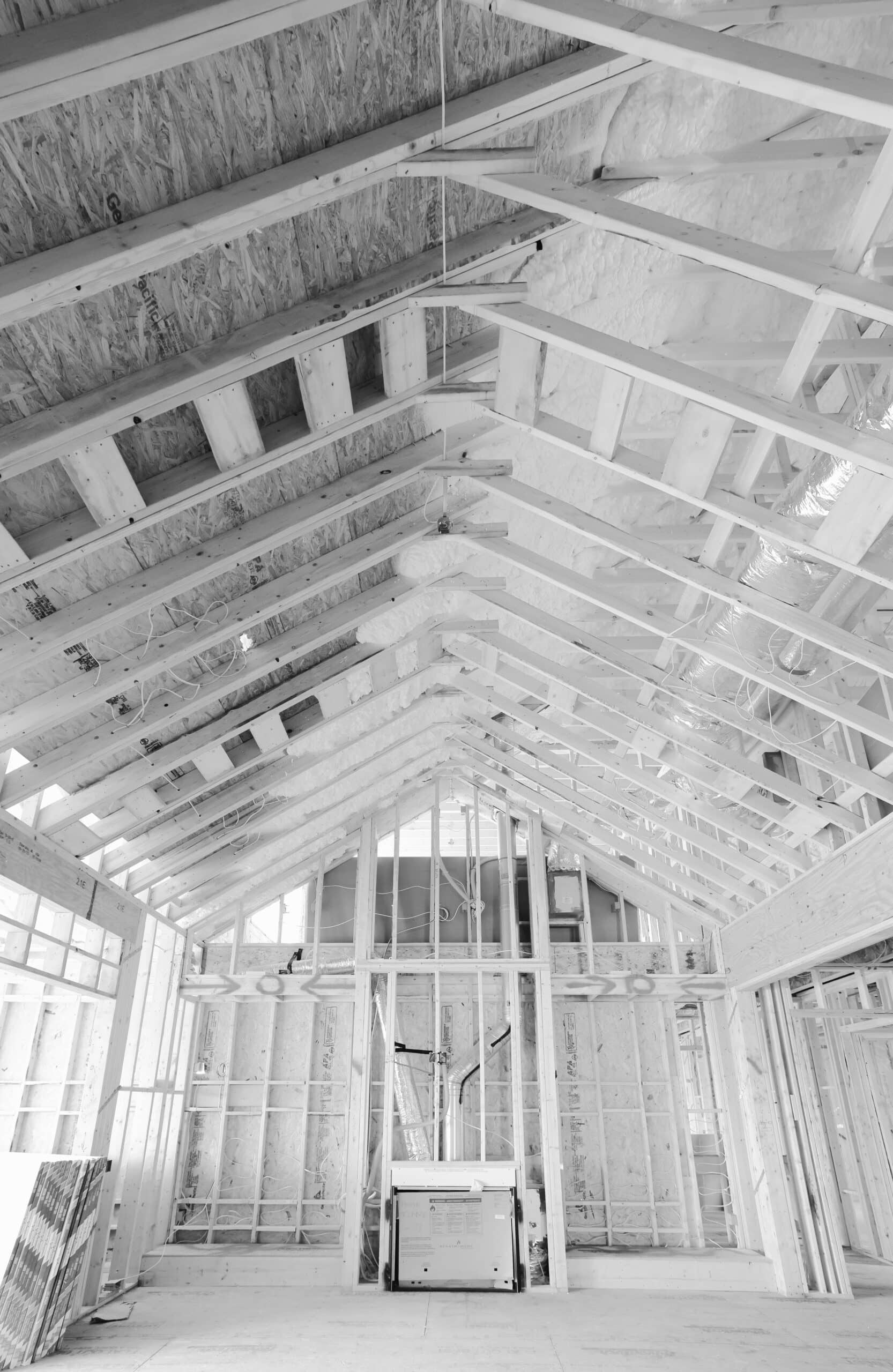
Vaulted Ceiling: A family room with a vaulted ceiling in framing looks like this, complete with blocking ready for beams and a fireplace insert prepped.
Keeping Upkeep Easy
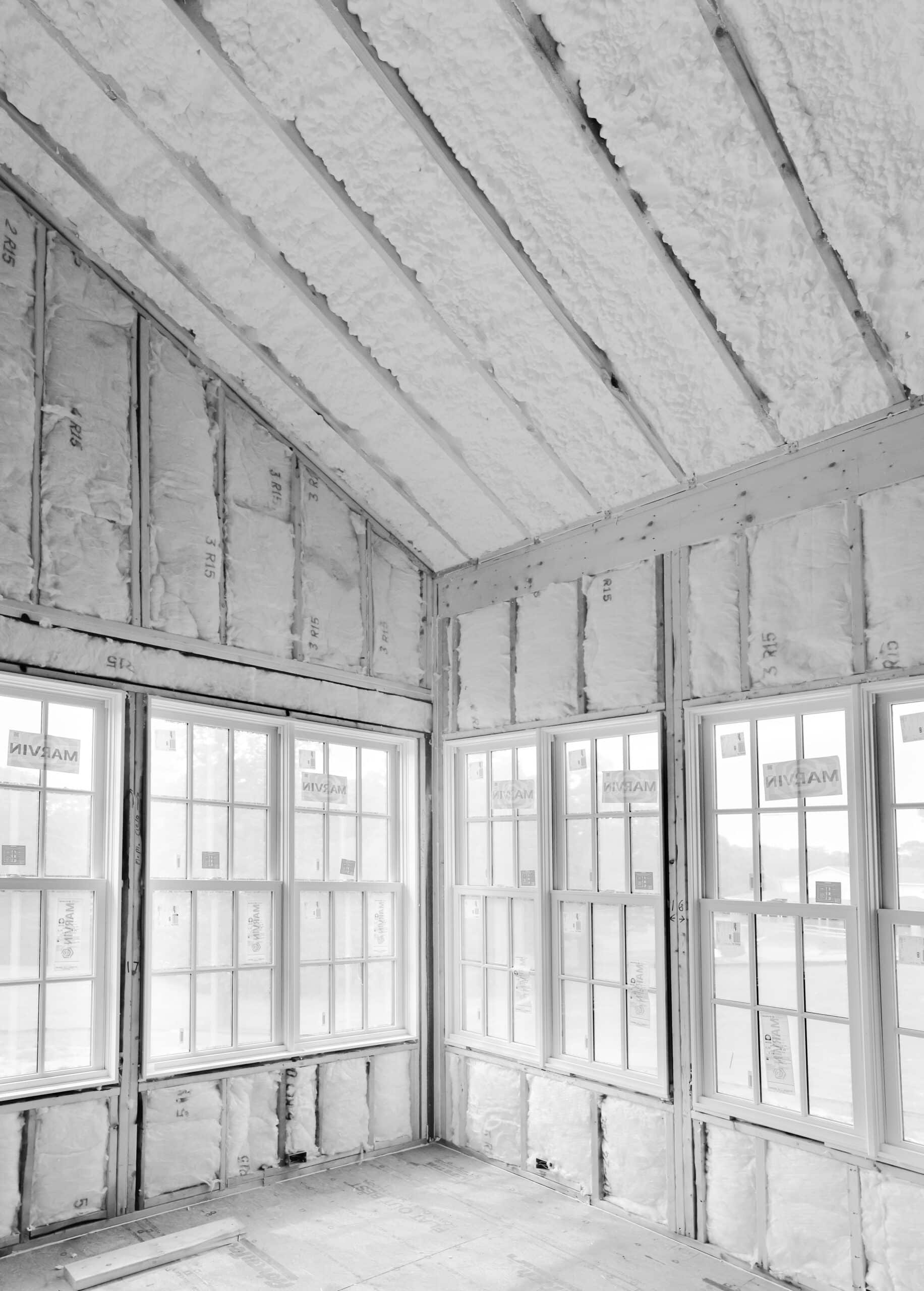
Cozy Corner: Here we see a corner of windows, complete with insulation for a quiet reading spot.
